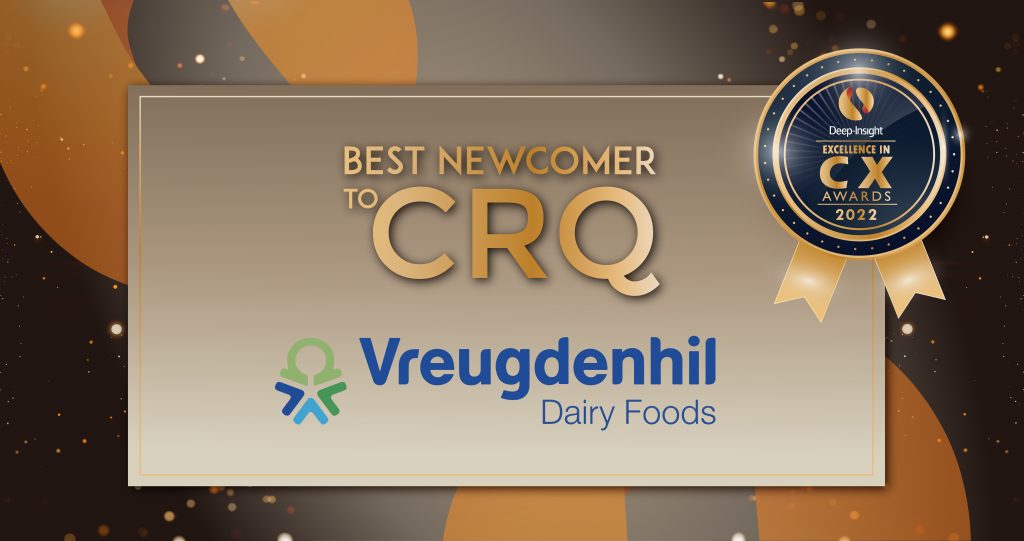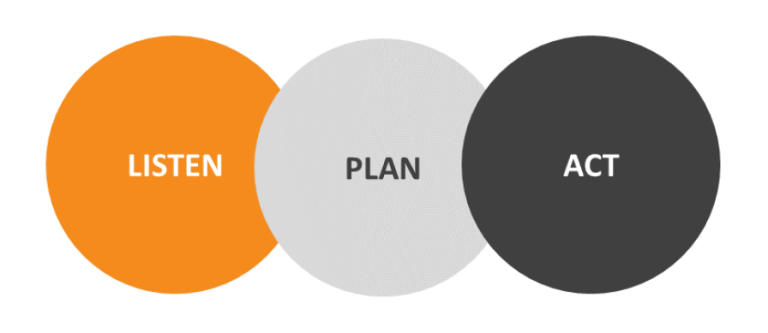invenioLSI has won Best CRQ Focus Amid Change
Congratulations to invenioLSI who have won Best CRQ Focus Amid Change!
invenioLSI has been awarded Best CRQ focus amid change in the Deep-Insight 2022 Excellence in CX awards. This is a truly deserved award for an organization that has seen exceptional growth and transformation over the last 24 months.
invenioLSI has grown at a phenomenal pace which has included a successful merger to expand their presence in the North American market. Customer Focus has been at the heart of invenioLSI since the start yet preserving core values is difficult during expansion and change. Despite this, invenioLSI has successfully maintained exceptional Customer Focus.

Using the Customer Relationship Quality (CRQ) methodology has helped invenioLSI to stay close to their customers over the past three years allowing them to measure, understand and respond with action to their customers directly. Better still, their strength in customer focus continues to be recognised by their own customers
As invenioLSI drives change and transformation within their own customers, we are impressed that invenioLSI leads by example by putting their customer relationships at the forefront of what they do.
Congratulations to invenioLSI on their well-deserved award this year. Deep-Insight have had the honour of being CX partner to invenioLSI for over 3 years. During this time the organisation, and the world, has seen a lot of change. invenioLSI never waivered in their commitment to putting customer experience at the front and centre of all transformation. They have used our CRQ framework and methodology to consistently ensure that their transformation strategy aligns with their customer needs. Well done again to invenioLSI for this well deserved win – Rose Murphy, Deep-Insight COO
We respect invenioLSI for staying true to their core values by keeping the focus on their customers, despite the challenges faced within major organisational change.

invenioLSI is honored to receive the “Excellence in CX” Award from Deep-Insight. For the past 3 years invenioLSI and Deep-Insights have worked together to improve customer experience. Supporting efforts to improve customer relationship quality is something I believe is an essential part of running a company. Partnering with Deep-Insights has been a pleasure and an important part in our company’s mission to help our customers succeed.
Nader Tirandazi , invenioLSI CEO
Congratulations to everyone in @invenioLSI, especially Arun Bala, Nader Tirandazi, Tatiana Pankrats, Caroline Silva, Paula Rowlinson, Sudheer Nadipalli and everyone in the organization who contributes to your customer focus on a daily basis.
About invenioLSI
invenioLSI is the largest independent SAP solutions provider serving the Public Sector as well as offering specialist skills in the media and entertainment sector. We bring deep expertise combined with advanced technologies to enable organizations to modernize so they can run at the speed of today’s business.
We know how to navigate the extraordinary complexities of international businesses and public sector organizations, working with stakeholders to drive change and create agile organizations of tomorrow using the technologies of today.
About Deep-Insight
Deep-Insight is a leading European B2B Customer Experience (CX) company founded in 2000 by a small team of ‘magicians’ with one goal: researching a way to read customers’ minds.
Today, Deep-Insight supports customers all over the world with the skills, tools and methodologies to help you operate world-class CX and EX programmes and transform your organisation.
For more information, go to www.deep-insight.com or email awards@deep-insight.com.






